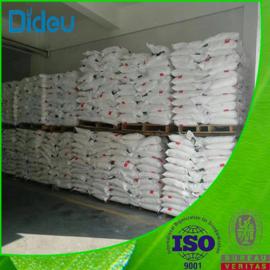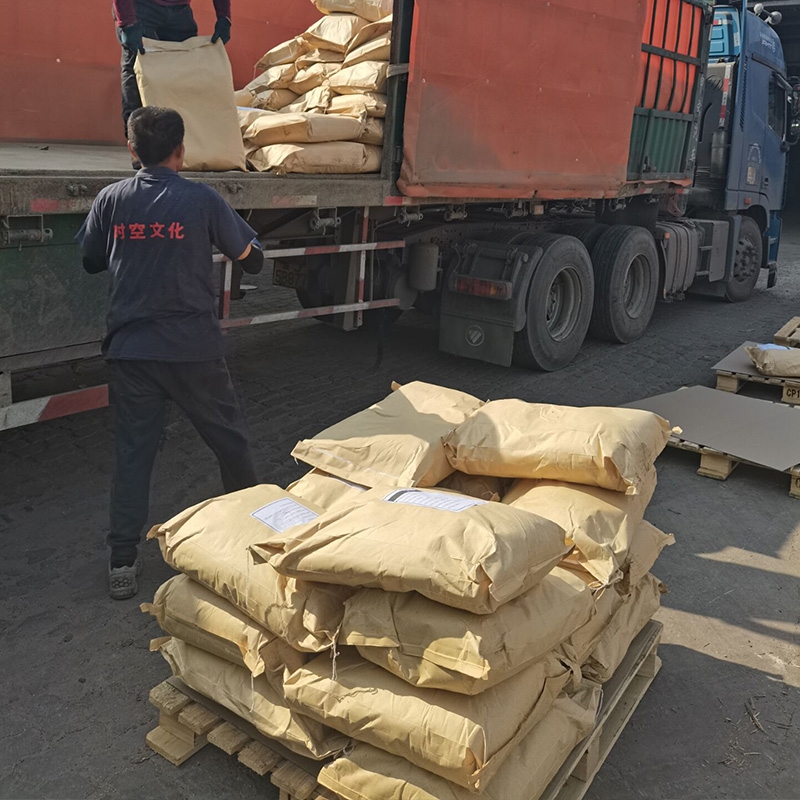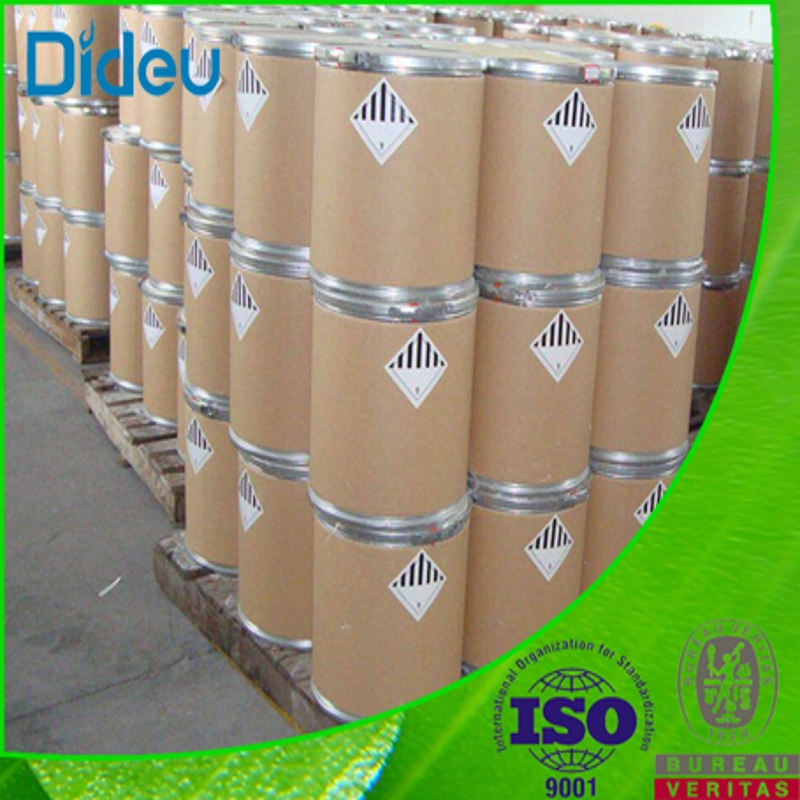-
Categories
-
Pharmaceutical Intermediates
-
Active Pharmaceutical Ingredients
-
Food Additives
- Industrial Coatings
- Agrochemicals
- Dyes and Pigments
- Surfactant
- Flavors and Fragrances
- Chemical Reagents
- Catalyst and Auxiliary
- Natural Products
- Inorganic Chemistry
-
Organic Chemistry
-
Biochemical Engineering
- Analytical Chemistry
-
Cosmetic Ingredient
- Water Treatment Chemical
-
Pharmaceutical Intermediates
Promotion
ECHEMI Mall
Wholesale
Weekly Price
Exhibition
News
-
Trade Service
This article is from the NEJM Journal Watch Evolving Management for Locally Advanced Prostate Cancer Evolving Management for Locally Advanced Prostate Cancer Evolving Review of Treatment Options for Locally Advanced Prostate Cancer By Robert Dreicer, MD, MS, MACP, FASCO Compared with ADT alone, the use of second Intensification of ADT with alternative hormone therapy is associated with longer survival
.
Patients with high-risk non-metastatic prostate cancer often receive external radiation therapy (EBRT), and 2 to 3 years of androgen deprivation therapy (ADT)
.
For metastatic prostate cancer, there is convincing evidence from phase 3 trials that intensification of ADT with docetaxel or second-generation hormone therapy (abiraterone, enzalutamide, and apalutamide) is associated with overall survival Benefit; limited data for high-risk locally advanced prostate cancer
.
In a meta-analysis, investigators pooled data from two prospective, randomized, phase 3 STAMPEDE trials comparing 3 years of ADT with 2 years of ADT plus abiraterone acetate in patients with locally advanced high-risk prostate cancer Or ADT + abiraterone acetate + enzalutamide
.
The inclusion criteria of patients were Eastern Cooperative Oncology Group (ECOG) performance status score of 0-2, no metastasis on routine imaging examination, no significant cardiovascular risk factors, and positive lymph nodes or other high-risk features
.
The median age of the 1,974 patients was 68 years, the median prostate-specific antigen concentration was 34 ng/mL, and 39% were node-positive
.
The median follow-up for both studies was at least 5 years
.
Metastasis-free survival (MFS, the primary endpoint) was significantly longer in the intensive group (P<0.
0001); the 6-year MFS was 82% in the intensive group compared with 69% in the control group
.
Notably, there was no difference in MFS between abiraterone with and without enzalutamide (P=0.
91)
.
Overall survival was also significantly longer in the intensive group than in the control group (P<0.
0001); the 6-year overall survival rate in the intensive group was 86% compared to 77% in the control group
.
Seven patients died and no patients in the control group died
.
The incidence of grade 3 or higher adverse events was higher in the abiraterone-enzalutamide group than in the abiraterone monotherapy group
.
Commentary As noted by the authors, limitations of this analysis were the inability to identify the treatment patients received after the study ended and the empirical decision to limit second-generation hormonal therapy to 2 years
.
Based on the overall survival results of this meta-analysis, we have compelling reasons to offer EBRT, ADT, and 2 years of abiraterone to patients who met the study's inclusion criteria
.
Reviewed article Attard G et al.
Abiraterone acetate and prednisolone with or without enzalutamide for high-risk non-metastatic prostate cancer: A meta-analysis of primary results from two randomised controlled phase 3 trials of the STAMPEDE platform protocol.
Lancet 2021 Dec 23 ; [e-pub].
(https://doi.
org/10.
1016/S0140-6736(21)02437-5) Related Reading NEJM Journal Watch NEJM Journal Watch is published by NEJM Group and invites internationally renowned doctors Review important papers in the medical field to help doctors understand and apply the latest advances
.
"NEJM Frontiers of Medicine" translates several articles every week, publishes them on the app and official website, and selects 2-3 articles and publishes them on WeChat
.
Copyright Information This article was translated, written or commissioned by the NEJM Frontiers in Medicine, jointly created by Jiahui Medical Research and Education Group (J-Med) and The New England Journal of Medicine (NEJM)
.
The full text of the Chinese translation and the included figures are exclusively authorized by the NEJM Group
.
If you want to reprint, please leave a message or contact nejmqianyan@nejmqianyan.
cn
.
Unauthorized translation is an infringement, and the copyright owner reserves the right to pursue legal responsibility
.
.
Patients with high-risk non-metastatic prostate cancer often receive external radiation therapy (EBRT), and 2 to 3 years of androgen deprivation therapy (ADT)
.
For metastatic prostate cancer, there is convincing evidence from phase 3 trials that intensification of ADT with docetaxel or second-generation hormone therapy (abiraterone, enzalutamide, and apalutamide) is associated with overall survival Benefit; limited data for high-risk locally advanced prostate cancer
.
In a meta-analysis, investigators pooled data from two prospective, randomized, phase 3 STAMPEDE trials comparing 3 years of ADT with 2 years of ADT plus abiraterone acetate in patients with locally advanced high-risk prostate cancer Or ADT + abiraterone acetate + enzalutamide
.
The inclusion criteria of patients were Eastern Cooperative Oncology Group (ECOG) performance status score of 0-2, no metastasis on routine imaging examination, no significant cardiovascular risk factors, and positive lymph nodes or other high-risk features
.
The median age of the 1,974 patients was 68 years, the median prostate-specific antigen concentration was 34 ng/mL, and 39% were node-positive
.
The median follow-up for both studies was at least 5 years
.
Metastasis-free survival (MFS, the primary endpoint) was significantly longer in the intensive group (P<0.
0001); the 6-year MFS was 82% in the intensive group compared with 69% in the control group
.
Notably, there was no difference in MFS between abiraterone with and without enzalutamide (P=0.
91)
.
Overall survival was also significantly longer in the intensive group than in the control group (P<0.
0001); the 6-year overall survival rate in the intensive group was 86% compared to 77% in the control group
.
Seven patients died and no patients in the control group died
.
The incidence of grade 3 or higher adverse events was higher in the abiraterone-enzalutamide group than in the abiraterone monotherapy group
.
Commentary As noted by the authors, limitations of this analysis were the inability to identify the treatment patients received after the study ended and the empirical decision to limit second-generation hormonal therapy to 2 years
.
Based on the overall survival results of this meta-analysis, we have compelling reasons to offer EBRT, ADT, and 2 years of abiraterone to patients who met the study's inclusion criteria
.
Reviewed article Attard G et al.
Abiraterone acetate and prednisolone with or without enzalutamide for high-risk non-metastatic prostate cancer: A meta-analysis of primary results from two randomised controlled phase 3 trials of the STAMPEDE platform protocol.
Lancet 2021 Dec 23 ; [e-pub].
(https://doi.
org/10.
1016/S0140-6736(21)02437-5) Related Reading NEJM Journal Watch NEJM Journal Watch is published by NEJM Group and invites internationally renowned doctors Review important papers in the medical field to help doctors understand and apply the latest advances
.
"NEJM Frontiers of Medicine" translates several articles every week, publishes them on the app and official website, and selects 2-3 articles and publishes them on WeChat
.
Copyright Information This article was translated, written or commissioned by the NEJM Frontiers in Medicine, jointly created by Jiahui Medical Research and Education Group (J-Med) and The New England Journal of Medicine (NEJM)
.
The full text of the Chinese translation and the included figures are exclusively authorized by the NEJM Group
.
If you want to reprint, please leave a message or contact nejmqianyan@nejmqianyan.
cn
.
Unauthorized translation is an infringement, and the copyright owner reserves the right to pursue legal responsibility
.







